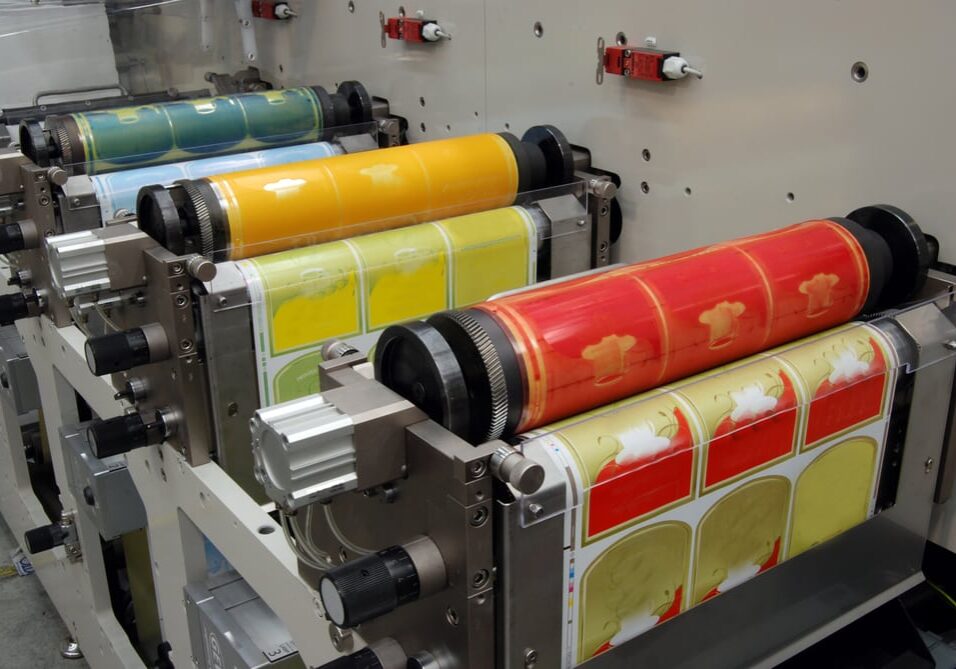Understanding the Key Advantages of Selecting a Digital Agency with Flexible Pricing vs. a Traditional Agency with Fixed Pricing.
When it comes to selecting an agency meant to augment a marketing team or department, it’s critical to understand the limitations pricing models create or eliminate. Businesses must find an agency partner that understands their brand’s goals and objectives along with exhibiting the expertise and innovation needed to drive meaningful results in a crowded and competitive market. When it comes to pricing, adjusting for outcomes is imperative.
While navigating these marketing obstacles, understanding how billing impacts processes becomes critical. Traditional billing models are generally based on hourly fees or flat-rates with finite scopes of work, which tend to lead to unpredictable costs and even more unpredictable outcomes.
On the flip side, a subscription-based pricing model offers a more sustainable and predictable approach. This model allows for better financial planning, with fixed monthly payments that provide access to a range of services tailored to client needs.
But, what’s the difference between a subscription model and a retainer model? A retainer model is simply making an advanced payment toward traditional agency fees. It’s like putting money on a prepaid debit card. Whereas a subscription model is a monthly payment for open-ended services. As it relates to working with Remixed, we couple the subscription-based model with a credit system that helps clients manage scope and scale. These credits are used to help knowledgeably select pertinent tactics over time. And, these credits don’t expire.
The flexibility and cost-effective nature of a credit-based subscription model makes it an increasingly preferred option for companies looking to maximize their marketing efforts without the financial uncertainty of traditional agency billing methods. Here are the top reasons why a credit-based subscription model is the most advantageous pricing option:
- Better Accounting & Transparency. Subscriptions offer a clear and understood method for accounting with a set monthly rate. Credit-based systems offer transparency in pricing, making it clear what services are being received for the cost.
- Less Red Tape. Subscription-based models means estimates aren’t regularly routed for approvals nor is there a requirement for periodic reviews against budgets, causing significant delays or even missed deadlines. A credit-based system allows access to a wide range of marketing services without the need for separate contracts or negotiations.
- Aligns With Budgets & Timelines. Subscriptions offer varying options based on overall needs. For instance, if you are operating on a limited budget with short-term needs, there’s an option for that; just like there are subscription packages available for larger organizations requiring more work over longer periods of time.
- Cost Savings & Accounting Efficiency. A subscription model can offer significant cost savings compared to hiring a full-time employee or internal team for marketing efforts. With a subscription, you only pay for the services you need, without the added expenses of salaries, benefits, infrastructure and training.
- Flexibility & Scalability. Credits can be used for various services as needed, offering flexibility to adjust marketing strategies without changing contracts. Unused credits roll over each month to meet changing strategies, schedules and deadlines. Businesses can scale their marketing efforts up or down based on their current needs and budget constraints.
- No Long-Term Commitments. Subscription models don’t require long-term contracts, giving businesses the freedom to modify their subscriptions, if their needs change.
- Cost-Effective & Time-Saving. This model is more cost-effective for small to medium-sized businesses (SMBs) that may not have the budget for large, upfront agency fees. With a subscription model, businesses can save time by not having to negotiate and manage multiple contracts for different services.
Leveraging a credit-based subscription mode allows customers to focus on their core business. Business owners and marketing executives can dedicate more time and assets to their primary business initiatives, rather than managing complex agency relationships and superfluous accounting reports and contract headaches.

Plan it, make it, stretch it, wrap it, ink it, spin it, long print run it : Flexographic
Flexographic printing is a form of direct relief printing that is characterized by the use of flexible printing plates. In the past, these printing plates were always made of rubber, whereas today, flexible photopolymer printing plates might also be used. These plates have a slightly raised image of the content on them, they’re inked, and…

What is Clear Space?
Clear space refers to a specific amount of are a logo is defined to have on all sides (in a brand standards manual or house style guide), no matter where the logo is applied. The reason for clear space is to ensure the logo maximizes visibility and impact. There is no set rule for defining…

What is Brand Consistency and Why is it Important?
Brand consistency means always delivering messages aligned with the core brand values in the same tone, presenting the brand’s visual language in a consistent way, and repeating the same colors throughout the cohesive brand experience. Over time, these elements become ingrained in the minds of consumers, and they’re more likely to remember your brand. Brand…

What is Typography?
Essentially, typography is the visual component of the written word. It is the technique, and art, of arranging letters in a way that makes the text legible, clear, and visually appealing to the reader. Typography involves the structure, size, weight, and style of the characters. It also considers the amount of space between the letters,…

When Should You Utilize Digital Printing?
Digital printing is probably what most people are most familiar with, since you probably have one at home. Inkjet printers and laser printers are found in many homes, schools, and offices. Of course, these are generally consumer-level digital printers. For digital printing, images are sent directly to the printer using digital files, as opposed to…

The Future of Branding: How Technology is Shaping the Industry
Executive Summary As we move further into the digital age, technology continues to revolutionize the branding landscape. This white paper will examine the key technological developments shaping the future of branding and discuss how businesses can leverage these advancements to create stronger brand identities, enhance customer experiences, and maintain a competitive edge. Topics covered include…

6 Reasons why a Strong Brand is Important for your Small Business
Building a strong brand is a critical component of any successful business. A well-crafted brand strategy not only helps businesses establish recognition and build trust with their customers, but also supports advertising efforts and inspires employees. Furthermore, strong branding can increase a business’s financial value and generate new business opportunities through word-of-mouth referrals. As the…

The Importance of a Social Media Presence
Social media has become an integral part of our lives, with billions of people across the globe using these platforms to connect, engage, and share content. For businesses, social media provides a powerful opportunity to build brand awareness, connect with customers, and drive growth. In today’s competitive marketplace, having a social media presence is no…

